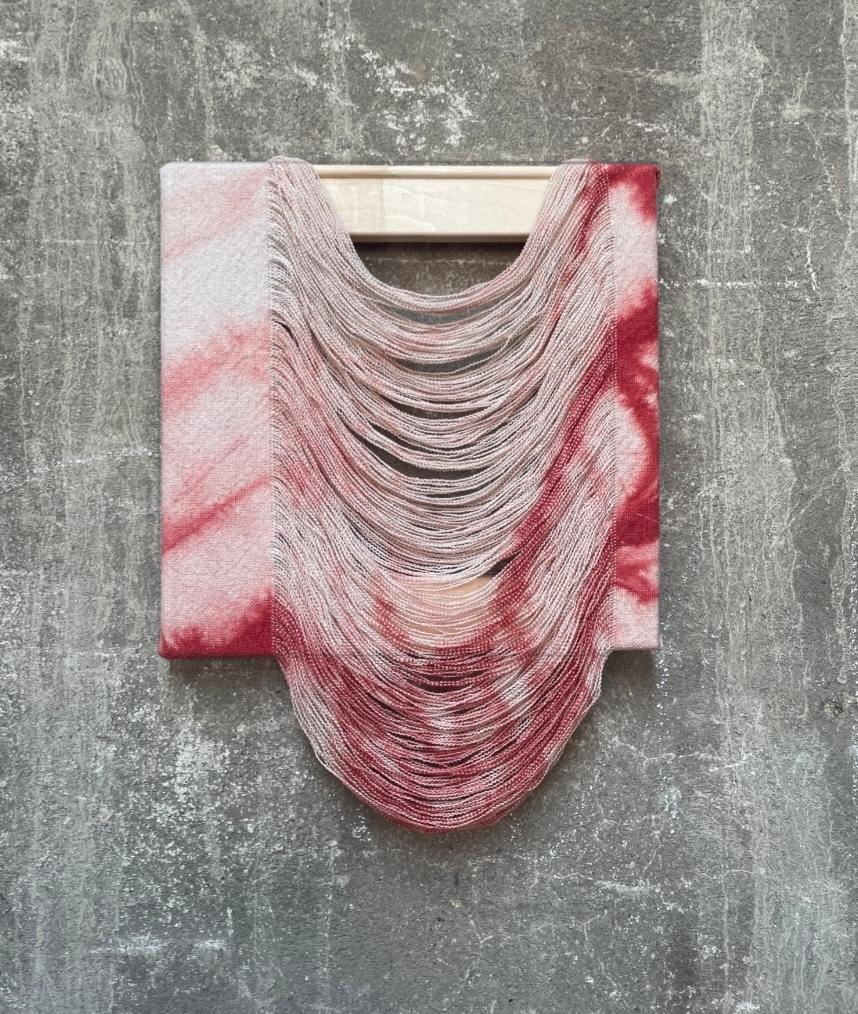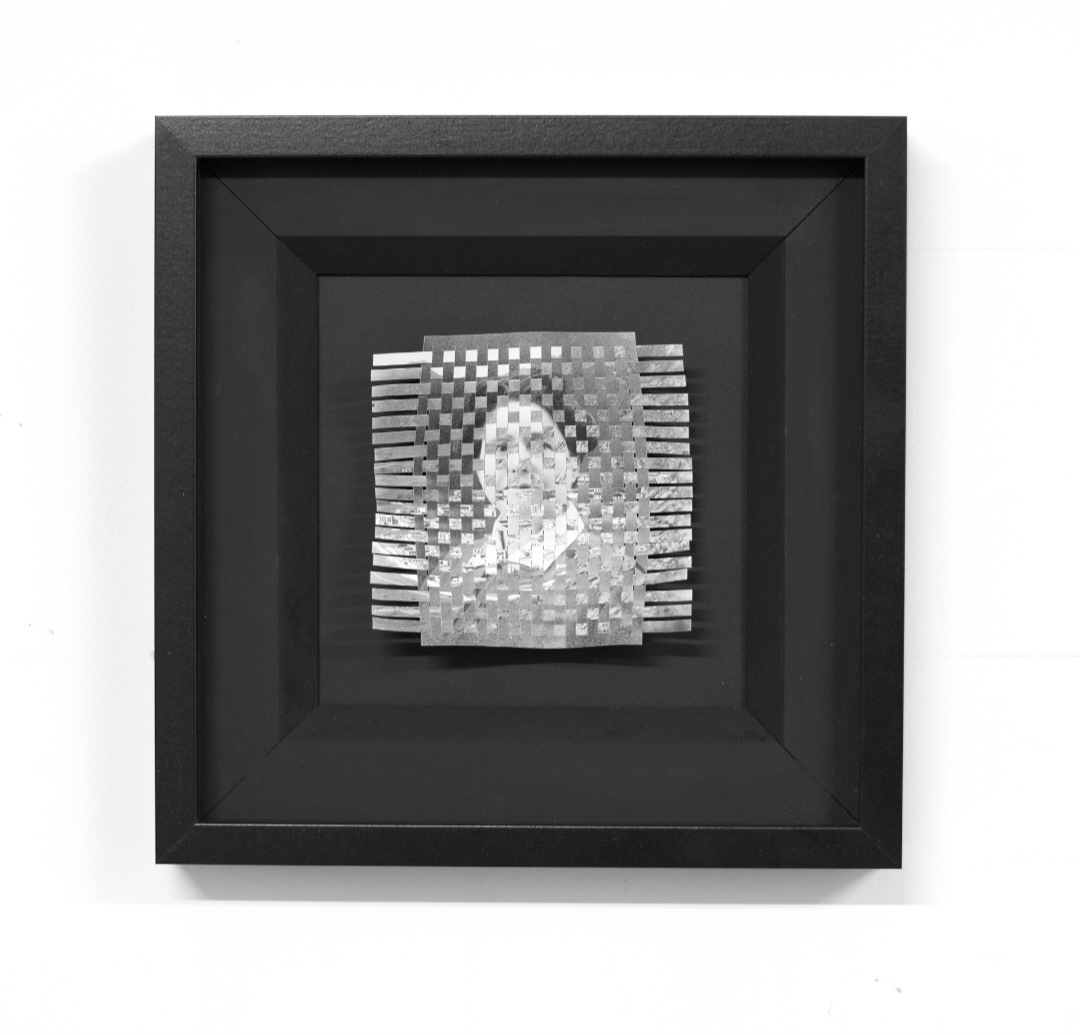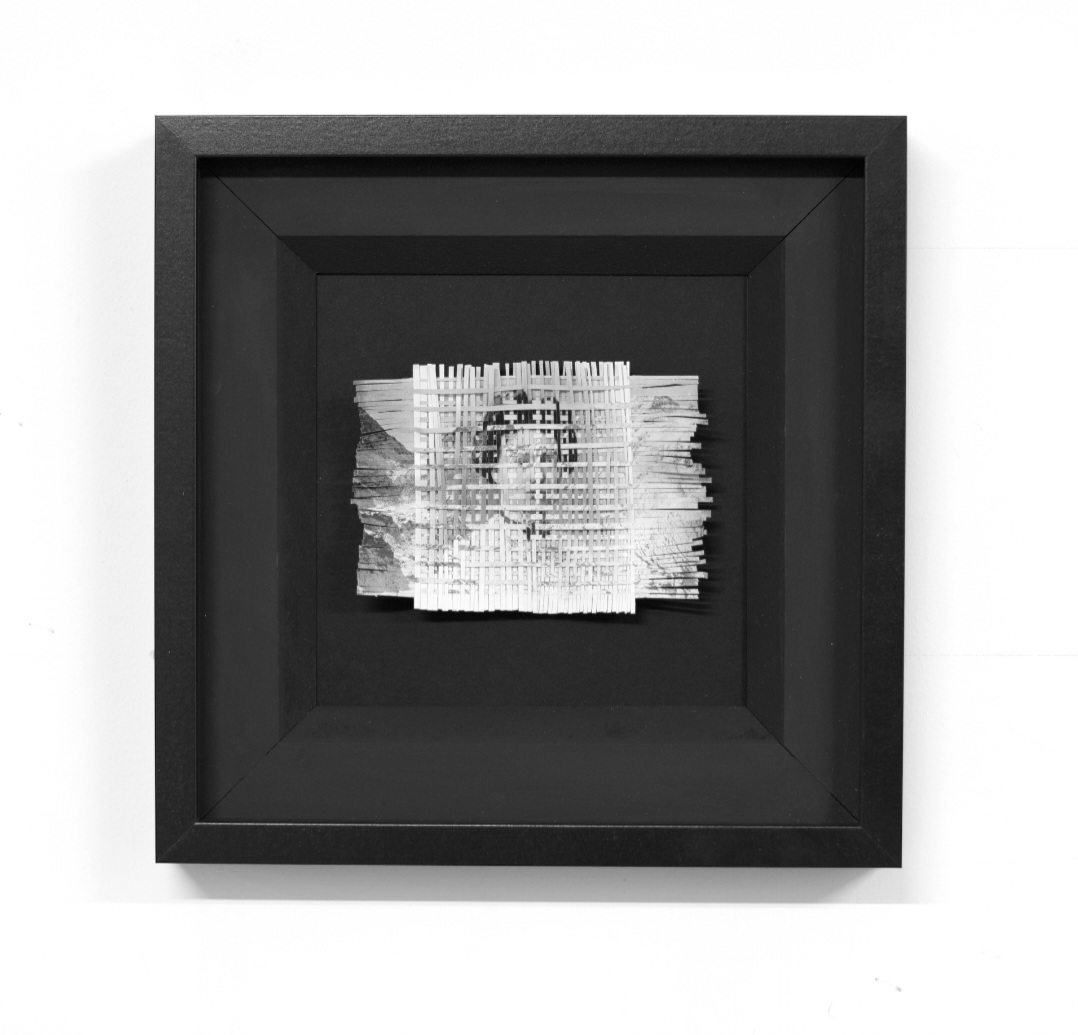Golnaz Payani
(Iran, 1986)
Golnaz Payani is a Franco-Iranian multidisciplinary artist born in Tehran in 1986. After obtaining her Bachelor's degree in Painting from the Faculty of Art and Architecture in Tehran, she pursued further studies at the School of Art in Clermont-Ferrand, earning her DNSEP (Master's; National Higher Diploma in Plastic Expression) in 2013. Golnaz's open artistic practice explores various mediums, including film, video, fabric works, installation, performance, and poetry. She regularly showcases her work in solo and group exhibitions in France and abroad.
"My artistic journey is rooted in the theme of disappearance, exploring traces and their perception. Born in Tehran in 1986 during the Iran-Iraq war, the following years were marked by the regular broadcast of lists of missing people. These disappearances took various forms in Iran, affecting not only political figures but also everyday aspects of life, imposed by the adults' injunction to silence, forcing children to keep their daily lives hidden from the outside world. Joyful celebrations such as birthdays, weddings, and gatherings with friends took place in secret, away from prying eyes. My childhood was a constant conflict between outward appearances and the invisible private life.
At the age of 15, I was forced to wear the veil, which changed my relationship with fabric. I used to love playing with fabric scraps I got from my grandmother, but they became objects of oppression, a burden. From wonderful, tangible, and colorful toys, they turned into a uniform that erased all traces of my personality. My departure for France in 2009 had a significant influence on my artistic work. I developed my interest in what was now out of sight, disappeared, and invisible, and I reconnected with my love for fabric.
The versatile nature of textiles fascinates me; they can both conceal and reveal, uniting the visible and the invisible. I realize that textiles serve as both a boundary and a connection, representing us as they cover us.
Today, I question both the credibility of the trace to represent its source and the fragility of our memory to remember it. Once reality is displaced, erased, or covered by the juxtaposition of other possible realities, what images remain faithful to their representation? If our interpretation of reality is merely a projection—truncated, distorted, or corrected from the perception of the original event—it also changes over time, at will.
I neither praise nor criticize memory. My work allows the trace to emancipate itself from its source and become an accomplished form, possessing its own identity.
My works freeze moments to reveal various temporal realities. I extract the object from time, analyze it, and dissect it in its precise state at a given moment, like a surgical slice. I closely examine this reality and question the links that remain between the object, its trace, and its trajectory."




